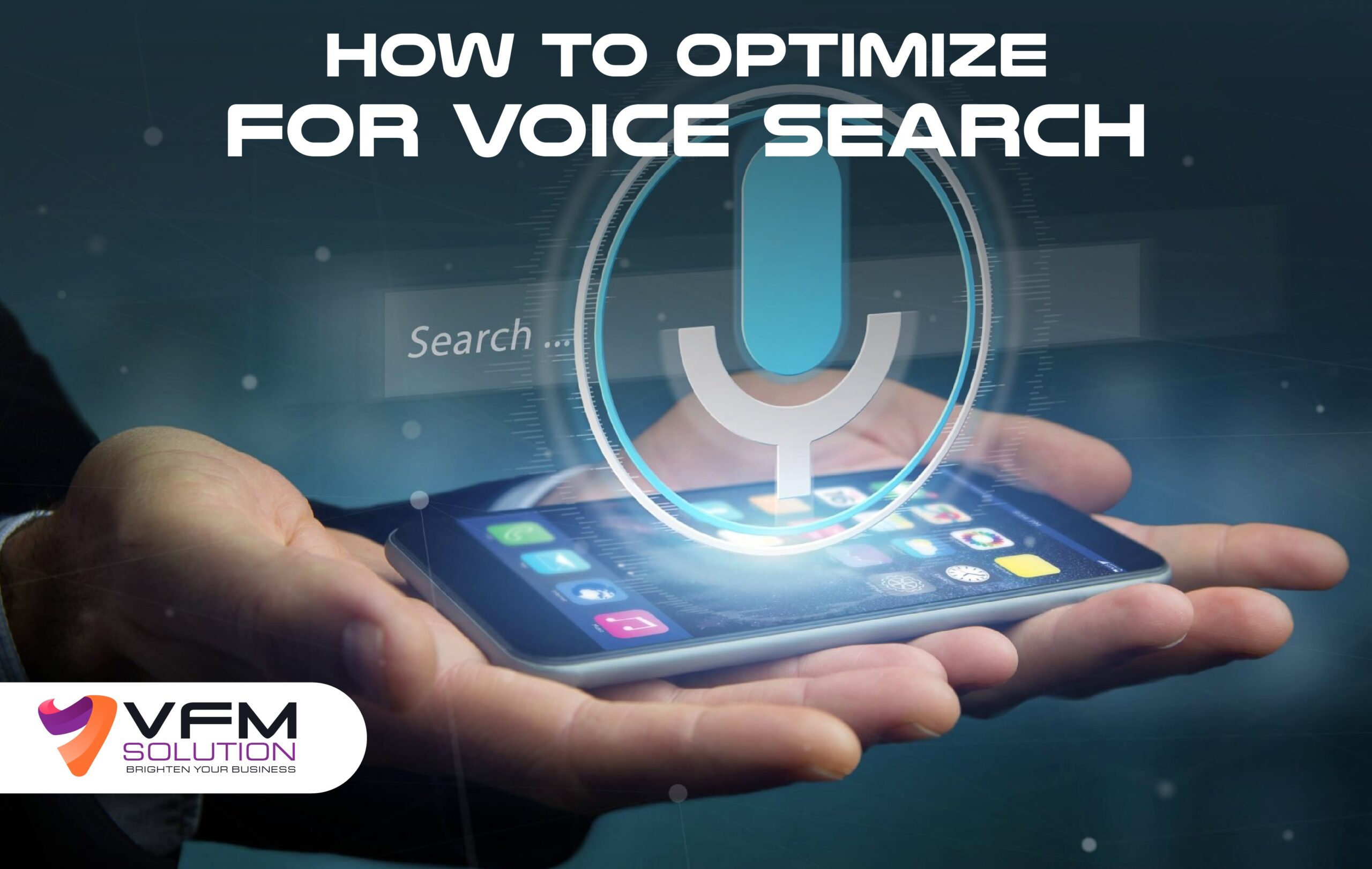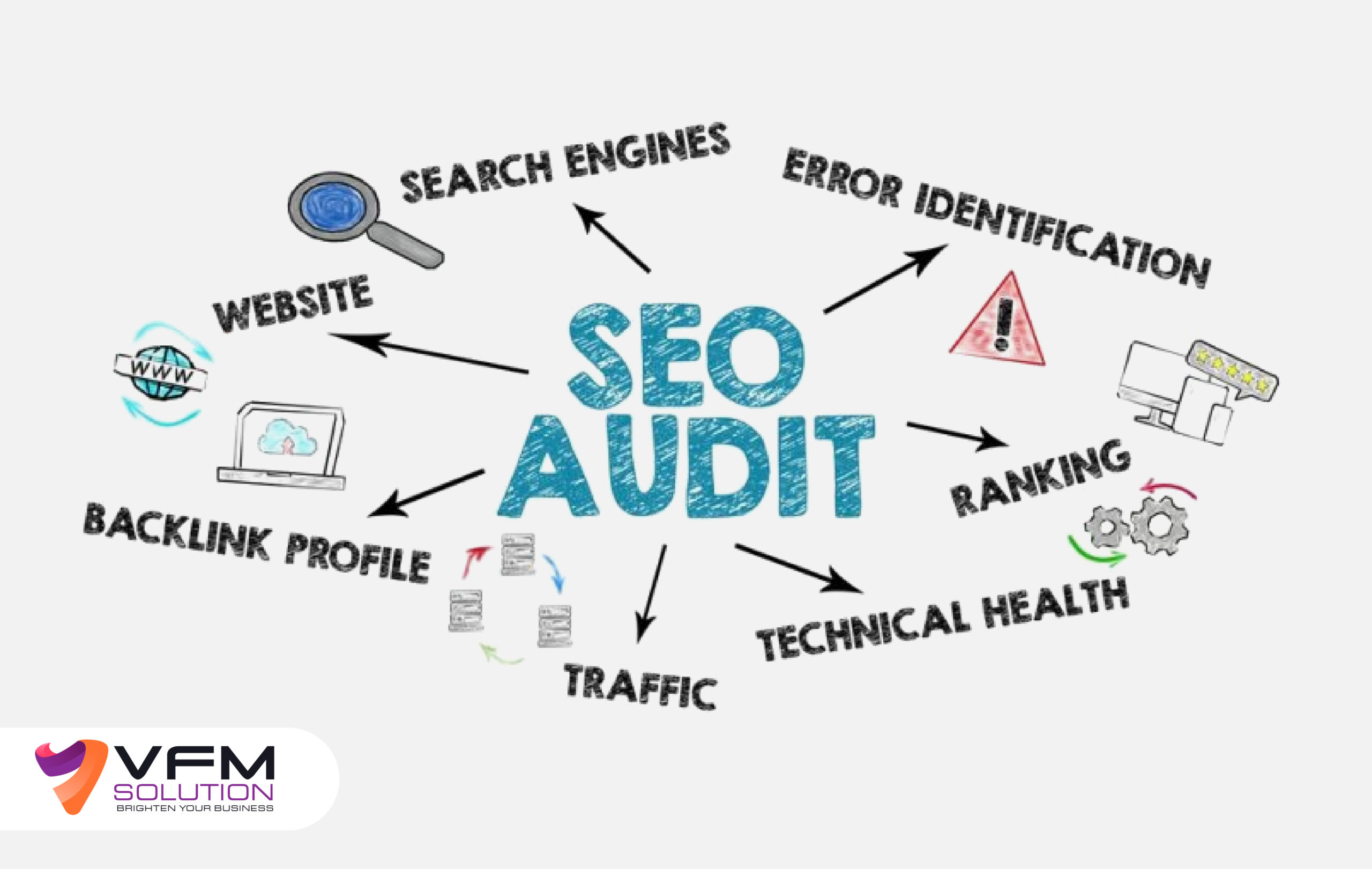In the territory of search engine optimization (SEO), enterprises and website proprietors frequently concentrate on tactics that boost their digital presence. An important element of SEO that can intensely effect your website’s position is on-page SEO. What is on-page SEO, and what is its significance for your digital marketing efforts? This blog will reveal the essential components of on-page SEO, its functionality, and also its vital importance in boosting your website’s search engine rankings.
What is On-Page SEO?
On-page SEO is the process of optimization of specific web pages to boost their search engine rankings and increase organic traffic. In contrast to off-page SEO, which includes methods external to your website, such as link-building, on-page SEO concentrates on basic characteristics of your website, including content, HTML structure, and site speed.
The goal of on-page SEO is to enhance the accessibility and relevance of your website’s content for visitors and search engines, therefore improving the likelihood of gaining higher rankings in search results. Improved and optimized web pages increase the probability of search engines recognizing your content as valuable and rank it appropriately.
What Is The Significance Of On-Page SEO?
Understanding on-page SEO is important since it is the foundation of any SEO campaign. When executed correctly, on-page SEO facilitates search engines in getting the context of your content, thus improving its ranking potential. The significance of on-page SEO is paramount, here are few reasons why:
1. Boosted Visibility and Rankings:
By refining components including titles, headers, and Meta descriptions, you facilitate search engines’ knowledge of your page’s content, leading to improved visibility and higher rankings.
2. Improved User Experience:
On-page SEO extends beyond simple search engine optimization. It is also about delivering an extraordinary experience for your users. Organized information and an in-built layout can diminish bounce rates and boost user engagement.
3. Enhanced Organic Traffic:
Websites optimized for search engines are more likely to appear on the first page of search results. This way the possibility of generating organic traffic from consumers seeking your products or services gets increased.
4. Better Conversion Rates:
Pages that are optimized with engaging, well-organized content might result in increased conversion rates. When consumers can swiftly and effortlessly find the information they want, they are more likely to start the planned action.

Fundamental Components of On-Page SEO
To figure out on-page SEO, we will analyze the vital elements that enable good on-page optimization. These components are essential for improving search engine rankings as well as user experience.
1. Title Tag
Title tag is a critical on-page SEO element. They are HTML components that represent the title of a webpage and are shown in search results as the clickable headline. A properly optimized title tag must:
- Be informative and appropriate to the page’s content
- Have incorporated target keyword(s)
- Limit to 50-60 characters to prevent shortening in search results
An engaging title tag motivates consumers to click on your link in search results, due to which your click-through rate (CTR) gets boosted.
2. Meta Description
Meta descriptions are concise summaries displayed beneath the title tag in search engine results. While they do not directly impact rankings, a well composed Meta description can affect user click-through rates to your page. To improve Meta descriptions:
- Limit to 150-160 characters
- Integrate primary keywords and persuasive language
- Concisely summarize the content to align with user purpose

An effective and compelling Meta description can affect your page’s click-through rate, indicating to search engines that your information is relevant and useful.
3. Header Tags (H1, H2, H3)
Header tags (H1, H2, H3, etc.) serve to organize content and divide it into clear sections. They assist search engines in knowing the order and significance of content on a webpage. Here is a guide for the effective utilization of header tags:
- H1: This serves as the primary heading of the page and must incorporate the target keyword. Each page should contain a singular H1 tag.
- H2-H6: These are subheadings that segment your material into distinct sections. Utilize them to structure content and incorporate supplementary keywords as necessary.
An organized heading system enhances readability and SEO by facilitating search engines’ knowledge of the page’s content.

4. Content Enhancement
High-quality, relevant content is fundamental to on-page SEO. Producing content that is valuable, helpful, as well as captivating helps in user engagement on your website is very crucial. With good content you can decrease bounce rates of your website and boost rankings. To enhance your content:
- Incorporate your primary keyword and connected terms organically throughout the text
- Keep up keyword density that appears natural and avoids a spammy impression
- Break down content with paragraphs, lists, and images to increase readability
- Incorporate multimedia such as images, videos, and Infographics to increase user engagement
High-quality content promotes prolonged visitor engagement, improving user experience and improving search engine rankings.
5. Image Optimization
Images are essential for enhancing user experience, although they must also be optimized for SEO. Pictures that are not optimized can block your website’s performance, unfavorably impacting user experience and search engine rankings. Here is the method to optimize images:
- Use clear, keyword enriched file names
- Incorporate alt text that explains the image and add relevant keywords
- Compress photos to diminish file size while maintaining quality
- Ensure images are optimized for mobile devices and load rapidly

Image optimization boosts user experience and helps search engines in following your information more effectively.
6. Internal Linking
Internal linking refers to the technique of connecting to other pages on your website from within your content. This method enriches site navigation, prolongs user engagement, and enables search engines in crawling and indexing your content. To boost internal linking:
- Use clear and descriptive anchor text that explains the linked page.
- Link to relevant, high-quality content on your site.
- Avoid over linking, use internal links carefully and naturally.
Internal links enable the distribution of link equity throughout your website, so improving the SEO of all pages.
7. Mobile Optimization
With more people using mobile devices to browse the internet, it’s important to optimize your website for mobile. Google uses mobile-first indexing, meaning it ranks the mobile version of your site. To improve mobile performance:
- Ensure your website is responsive and adjusts to various screen dimensions
- Optimize page loading speeds for mobile devices
- Avoid utilizing flash and facilitate seamless navigation for mobile users

A mobile-optimized website increases user experience, potentially resulting in improved rankings.
Final Words
In conclusion, on-page SEO involves optimizing the many elements of your website to enhance its exposure, user experience, and rankings in search engine results. On-page SEO is essential for ensuring that your website is both SEO optimized and user-friendly, alongside the creation of high-quality content and mobile-responsive pages. Implementing efficient on-page SEO methods can boost your website’s search engine rankings, increase organic traffic, and improve the overall user experience. If you are still confused, we have expert SEO specialists that can do it for you.





